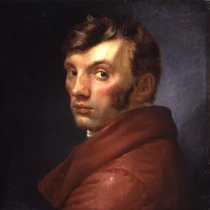 1777 - 1810
romanticism
1777 - 1810
romanticism
Description Philipp Otto Runge
Philipp Otto Runge, born in 1777 in Wolgast, Germany, emerged as a visionary artist and theorist whose brief yet impactful life left an indelible mark on the Romantic era. Runge's trajectory unfolded against the backdrop of the cultural and political transformations sweeping through Europe in the late 18th and early 19th centuries.
Runge's artistic inclinations manifested early, and his studies in Copenhagen under Jens Juel fueled his passion for art. Yet, it was the encounter with Romantic philosophy and literature, especially the works of Friedrich Schlegel and Novalis, that ignited a creative fervor in him. Runge envisioned art as a bridge between the physical and spiritual realms, a sentiment that permeated his oeuvre.
His iconic series of four paintings titled "The Times of Day" exemplified Runge's synthesis of art and philosophy. Each painting captured a different time of day, with symbolic elements representing life stages and spiritual contemplation. Runge's meticulous attention to detail and use of symbolism showcased a profound understanding of the interplay between nature and the human experience.
Runge's contributions extended beyond painting. His theoretical writings, particularly the "Treatise on Color," delved into the symbolism and spirituality of color, laying the groundwork for later color theorists like Wassily Kandinsky. Runge's color sphere, a three-dimensional model representing the relationships between colors, reflected his belief in the spiritual significance of each hue.
Despite his innovative ideas, Runge struggled with financial constraints and societal expectations. His attempts to establish himself as an independent artist faced challenges, leading him to pursue various occupations, including teaching and designing. Nevertheless, his influence persisted in intellectual circles, and he maintained correspondence with key figures of the Romantic movement.
Tragically, Philipp Otto Runge's life was cut short at the age of 33 due to tuberculosis. His legacy endured through the impact of his writings and the poetic resonance of his paintings. Runge's holistic approach to art, merging philosophy, spirituality, and symbolism, contributed to the Romantic exploration of the sublime and the transcendent in art. Today, Runge is celebrated as a harbinger of the spiritual dimensions within artistic expression, leaving an enduring legacy that transcends the boundaries of his brief existence.



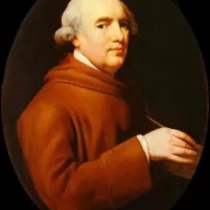

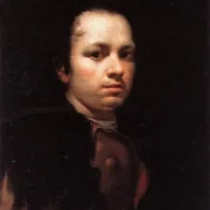

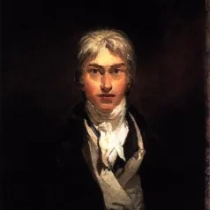
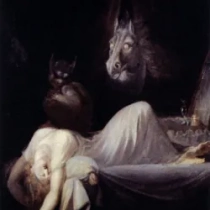





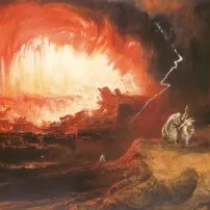




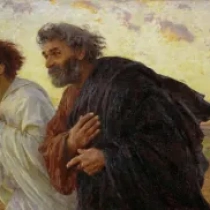
No Comments Yet...